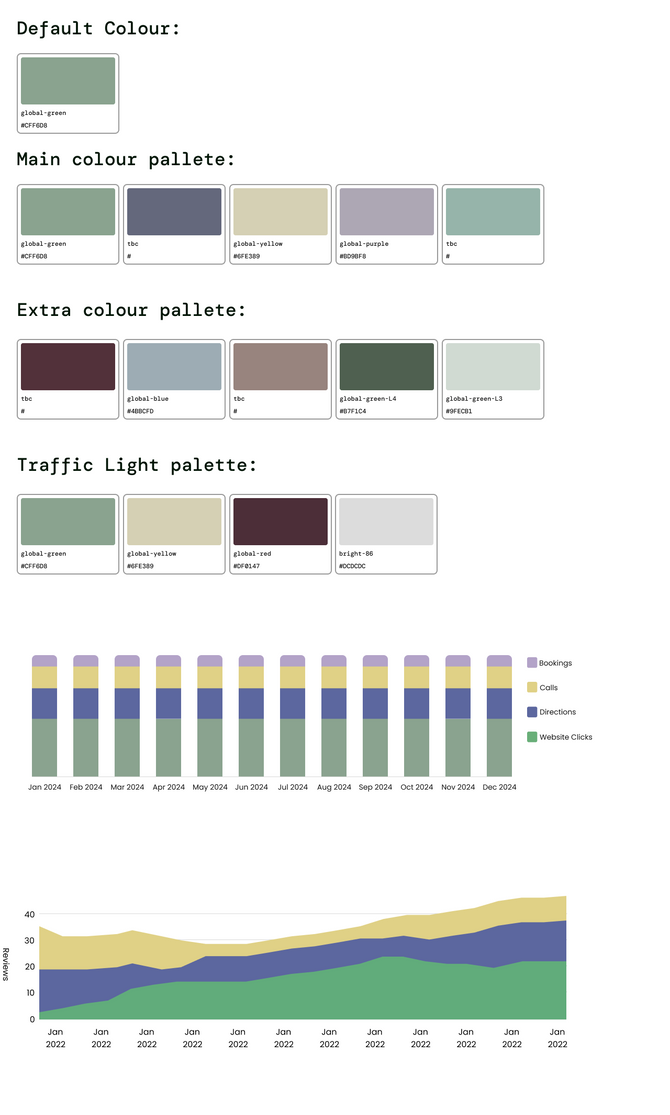Role
Project Leader,
UI/UX Designer,
Researcher
Key Collaborators
Product Manager,
Creative Director,
Brand Designer
Tools
Figma, Miro, Hotjar,
Lyssna
Project Timeline
1 year
Discovery & Research Methods
Unmoderated usability testing
Stakeholder interviews
Cross-team workshops
Hotjar heatmap analysis
Results
Consistency
Unified product and site via design system
Collaboration
Aligned cross-functional teams
Efficiency
Streamline dev work via storybook cleanup
Recognition
Invited speaker at Positivo University
Initial Problem
BrightLocal faced a disconnect between their website and product tools, leading to inconsistent design and navigation. This caused user confusion, disrupted the experience, and impacted trust in the brand.
Challenges
-
Website and product looked and worked differently, causing user confusion.
-
Unclear guidelines led to a fragmented, hard-to-maintain design system.
-
Poor communication between design, dev, and brand teams.
-
Remote teams and time zones created collaboration issues.
-
Needed leadership buy-in to improve processes.
Website vs Product
First proposed solution
Gradually integrated brand identity into the design system, applying key UI elements like the colour palette for consistency. Refined aesthetics by removing drop shadows for a cleaner, modern look. The phased rollout allowed for continuous feedback and smooth adoption
Unmoderated Test
Ran an unmoderated test with 50 participants via Lyssna to rate visual modernity—average score: 4/5.
Heatmap analysis also helped validate design choices through user interaction patterns.
.png)

Discovery: Uncovering the Real Problem
A change in management prompted a deeper look into ongoing design system issues. I uncovered that unclear guidelines led developers to create new components for each marketing rebrand, resulting in a bloated, inconsistent system.
Storybook lacked standardisation, making it hard to use and hampering cross-team collaboration.
Starting again by: Strengthening Collaboration Across Teams
To tackle communication gaps, I introduced weekly syncs with the dev team, a shared backlog to track priorities, and regular check-ins with the design team. I also connected dev and brand teams to improve alignment on design updates and brand consistency.
With remote developers based in Poland and Ukraine, I made it a personal goal to build stronger relationships—organising in-person visits, regular team chats, and informal one-on-ones. These efforts helped foster trust, improve collaboration, and create a more connected working environment across the company.





Brand and Product alignment
Another key part of the initiative was strengthening collaboration with the brand team. I introduced more frequent catch-ups to align on shared goals and actively advocated for product representation in brand workshops—ensuring our voice was included early in creative decisions.
Challenge: Get approval from leadership
To make all of this possible, I took the initiative to present this need to leadership, setting up a meeting with the entire development team and the CTO. In that meeting, I showcased a table framework and an initial spreadsheet that the devs and I had already started collaborating on—demonstrating both the problem and a clear path forward.
This helped gain buy-in and kickstart a more connected way of working across teams.

Solving the real problem: Storybook cleanup & Creating a Design System
We began creating a design system by actively listening to input from all teams, making sure it reflected the needs of both product and brand
New components created
We began creating a design system by actively listening to input from all teams, making sure it reflected the needs of both product and brand



Accessibility: Picking the right colour palette
We tested around five colour palettes by mocking up system charts to ensure the colours had enough contrast and didn’t blend too much, before choosing the final one.
Here is the final one:
Applied Design System



Mobile Sign up
BrightLocal’s first mobile experience version, boosting sign-ups by 10% among new subscribers.




Beyond the project

Following the success of the cross-team collaboration project, I was invited to speak to computer engineers at Positivo University in Brazil, where I completed my MBA.
As a former student, it was significant to share practical insights on overcoming communication challenges, aligning goals across product, development, and brand teams, and the real-world benefits of collaborative design systems.
It was a rewarding opportunity to inspire future engineers with lessons from my experience.
Detailed Results
-
Unified the product and website experience through a consistent, modernised design system
-
Improved cross-team collaboration by building stronger communication bridges between product, design, dev, and brand teams — locally and remotely.
-
Streamlined development workflows by reducing redundant components and improving Storybook usability.
-
Recognised externally through an invitation to speak at Positivo University about cross-team collaboration and design systems.

















